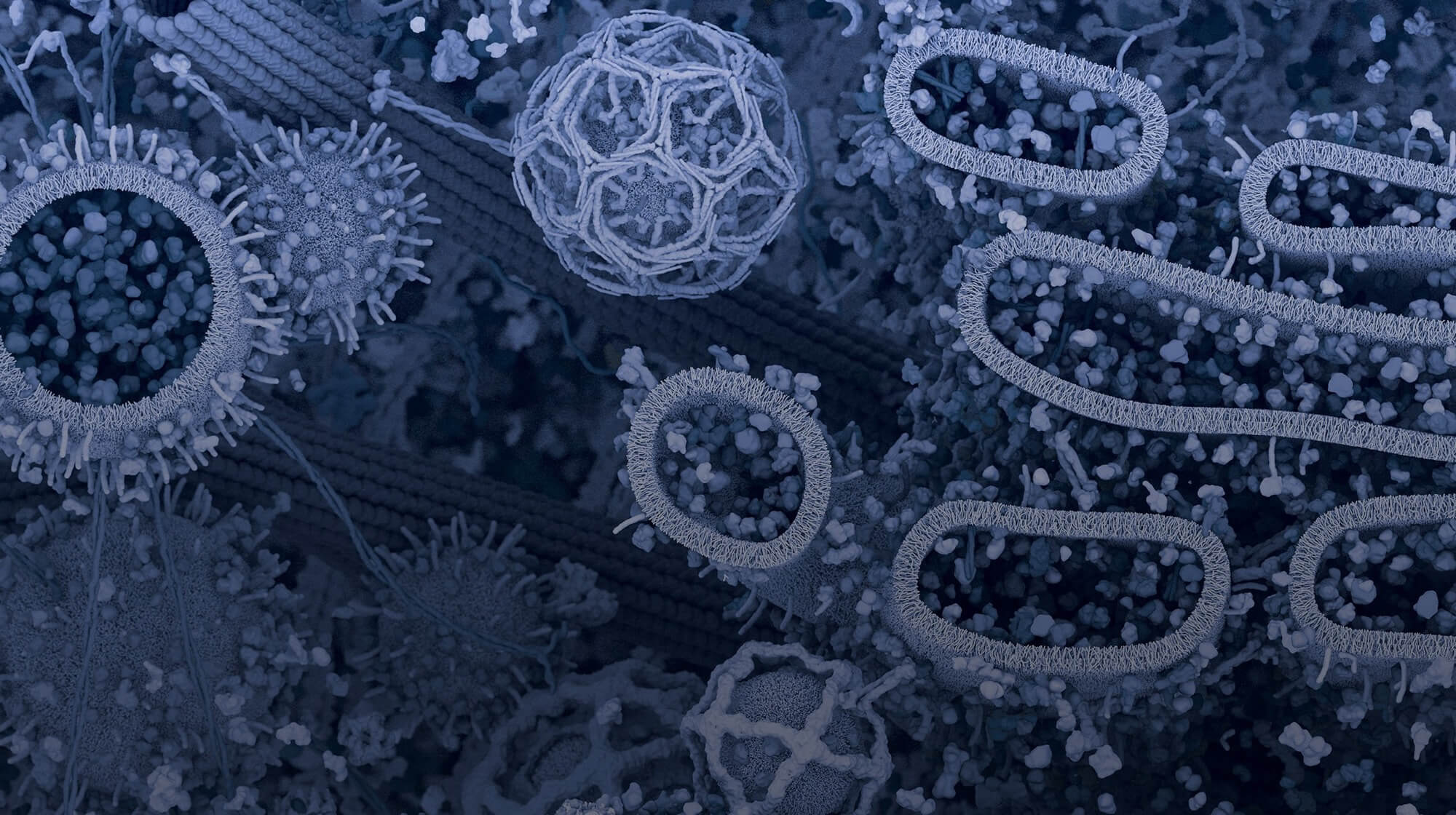
At your last visit we talked about the rapidly rising popularity of cancer immunotherapy and how it relies on capitalizing on our own immune system to eradicate malignant growth.
We discussed the benefits of immune checkpoint blockade involving neutralizing monoclonal antibodies as a successful strategy in unmasking cancer cells, thus making them vulnerable to immune attack. So successful, in fact, that cancer immunotherapy based on this strategy was named ‘breakthrough of the year’ in 2013.
Having said that, not all patients respond to checkpoint blockade. Hence, there is much room for improvement and a pressing need for alternative approaches and better characterized biomarkers that can help stratify patients and make more accurate predictions on the prognostic outcome of a given treatment.
So, what are some of the advancements made in developing additional immunotherapeutic strategies to tackle cancer?
1. Receptor agonists
While neutralizing monoclonal antibodies have enjoyed tremendous success in serving as antagonists to inhibitory receptors such as CTLA-4 and PD-1, which normally halt an immune response, receptor agonists, on the other hand, boost co-stimulatory interactions to enhance an already ongoing response.
Some examples include agonistic monoclonal antibodies against OX40 (CD134) (1,2) and 4-1BB (CD137) (3), tumor necrosis factor (TNF) receptor superfamily members, which provide potent co-stimulatory signals post T cell activation. OX40, in particular, drives T cell differentiation and cytolytic function leading to enhanced anti-tumor immunity (2).
Cancer immunotherapies involving adjuvants (agents that augment an immune response against a given antigen) of microbial origin have historically been found to have a profound immunostimulatory effect; this is now attributed to the activation of toll-like receptors (TLRs) (4). TLRs recognize distinct pathogen-associated molecular patterns and play an integral role in the innate immune response.
Thus an approach involving an array of pathogen-derived or synthetic TLR agonists, thought to help bolster tumor antigen presentation via dendritic cells, has been employed in ongoing clinical trials and appears to show modest success (4, 5).
2. Adoptive cell transfer
Scientists have entertained the idea of adoptive cell transfer (ACT) for quite some time, going as far back as the 1960s and ‘70s. In the context of immunotherapy, ACT involves introduction of autologous (involving the same individual as the donor and the recipient) tumor-infiltrating T lymphocytes (TILs) isolated from the tumor mass of the host, pre-conditioned and activated ex vivo (via introduction of stimulatory cytokines such as IL-2) to undergo dramatic expansion (6). The cells proliferate and obliterate the tumor. The expansion is appreciably improved if the host has undergone some form of immune cell ablation achieved via chemotherapy or radiation prior to ACT. While the concept of ACT is not novel, there have been some significant advancements in achieving far better tumor antigen recognition and specificity using approaches involving genetically engineered T cell receptors (TCRs) and T cells with chimeric antigen receptors or CARs (6,7).
Genetically modified TCR design is based on fine-tuning T cell specificity through the expression of specific TCR α and β chains, which constitute the antigen recognition domain. The tumor-specific α and β chains are identified, isolated and cloned into transduction vectors, these are delivered into T cells, generating cells with exceptional specificity against a given tumor antigen (6).
CARs achieve antigen recognition via an antibody-like antigen-binding domain (typically derived from an antibody). This is combined with a transmembrane domain to anchor the CAR to the T cell as well as one or more intracellular signaling domains including those for co-stimulatory signals such as CD28 or CD137. A unique feature of the CAR T cells is that, unlike T cells expressing engineered TCRs, they don’t rely on antigen processing and presentation by MHC (major histocompatibility complex) molecules and can recognize non-protein antigens such as carbohydrate and glycolipid structures often expressed on the tumor cell surface. CARs engineered in this fashion produce encouraging tumor-regression effects (7).
3. Anti-cancer vaccines
While therapies involving immune checkpoints and adoptive cell transfer have shown unprecedented objective and complete response rates (where partial or complete reduction in tumor volume is observed) in treated patients, immunotherapy based on introduction of tumor-reactive vaccines has produced somewhat underwhelming results with no FDA approved vaccines available to date.
A vaccine in the context of immunotherapy generally refers to a tumor-associated antigen or TAA (typically a short peptide) packaged in conjunction with an immune adjuvant to help with antigen presentation and delivered to the host. One possible clue as to why this type of therapy has not been particularly effective on its own is that the TAA may not necessarily be a ‘neoantigen’. Moreover endogenous T cells specific to this antigen are likely expressing inhibitory receptors such as PD-1, CTLA-4 and LAG-3, making them ‘anergic’ or ‘exhausted’ (unresponsive to the antigen). This is further reinforced by the tumor microenvironment being an unfavorable site for T cell expansion due to immunosuppressive molecules secreted by the tumor and elevated PD-L1 expression in its vicinity. Thus this type of therapy can vastly benefit from combination approaches involving checkpoint (e.g., PD-1 or PD-L1) blockade or adjuvant TLR agonist and radiation therapy that can boost antigen processing and presentation by DCs (8).
4. Combination therapies
Despite tumor vaccines having a less than desirable impact on tumor regression, other immunotherapeutic monotherapies discussed above have been rather effective. However, they have had the tendency to induce a measurable response only in a subset of patients, highlighting the need for combination approaches.
Some combinatorial approaches involve pairing two different neutralizing antibodies or using immune adjuvants or receptor agonists in addition to checkpoint blockade.
As an example, at the AAI conference in May of this year, Dr Jedd Wolchok reported that combined checkpoint blockade targeting both CTLA-4 and PD-1 inhibitory receptors yields a far better response rate at 61%, as compared to CTLA-4 blockade alone at 11%, based on reduction of tumor burden in advanced metastatic melanoma (9). Additionally the response was not only improved but also highly durable. This study was published in the May issue of the New England Journal of Medicine.
Preclinical studies also indicate that combining co-stimulatory agonistic antibodies (eg. targeting CD137) with checkpoint blockers results in superior anti-neoplastic effects (10), which, at least in part, are attributed to not only revamping the adaptive immune response with T lymphocytes as the hero cells, but also recruiting players involved in innate immunity such as natural killer or NK cells, which mediate cytotoxic effects akin to CD8 T cells (11,12).
Well, I hope you can appreciate that the effort in advancing and fine-tuning cancer immunotherapy has been nothing short of mammoth. And, that the impact of both basic and translational research has been at the core of this epic progress. And while there is still much to do, immunotherapy is undeniably a success story when it comes to cancer.
You can read more about Pivotal Cancer Immunology Targets here. For a fun educational video, check out Science Illustrated: How is Immunotherapy Used to Fight Cancer?
You might also like to take a look at our Cancer Immunology Brochure.
References
- Weinberg AD, et al. (2011) Science gone translational: the OX40 agonist story Immunol Rev 244(1), 218-31.
- Linch SN, et al. (2015) OX40 Agonists and Combination Immunotherapy: Putting the Pedal to the Metal Front Oncol 16;5:34 eCollection 2015.
- Yonezawa A, et al. (2015) Boosting Cancer Immunotherapy with Anti-CD137 Antibody Therapy Clin Cancer Res 21(14), 3113-20.
- Galluzzi L, et al. (2012) Trial Watch: Experimental Toll-like receptor agonists for cancer therapy Oncoimmunology 1(5), 699-716.
- Vacchelli E, et al. (2012) Trial Watch: FDA-approved Toll-like receptor agonists for cancer therapy Oncoimmunology 1(6), 894-907.
- Rosenberg SA, Restifo NP. (2015) Adoptive cell transfer as personalized immunotherapy for human cancer Science 348(6230), 62-8.
- Sharpe M, Mount N. (2015) Genetically modified T cells in cancer therapy: opportunities and challenges Dis Model Mech 8(4), 337-50.
- Kissick HT, Sanda MG. (2015) The role of active vaccination in cancer immunotherapy: lessons from clinical trials Curr Opin Immunol 35, 15-22.
- Postow MA, et al. (2015) Nivolumab and ipilimumab versus ipilimumab in untreated melanoma N Engl J Med 372(21), 2006-17.
- Wei H, et al. (2014) Dual targeting of CD137 co-stimulatory and PD-1 co-inhibitory molecules for ovarian cancer immunotherapy Oncoimmunology 3:e28248. eCollection 2014.
- Houot R, et al. (2012) Boosting antibody-dependant cellular cytotoxicity against tumor cells with a CD137 stimulatory antibody Oncoimmunology 1(6), 957-8.
- Galluzzi L, et al. (2014) Classification of current anticancer immunotherapies Oncotarget 5(24), 12472-508.




